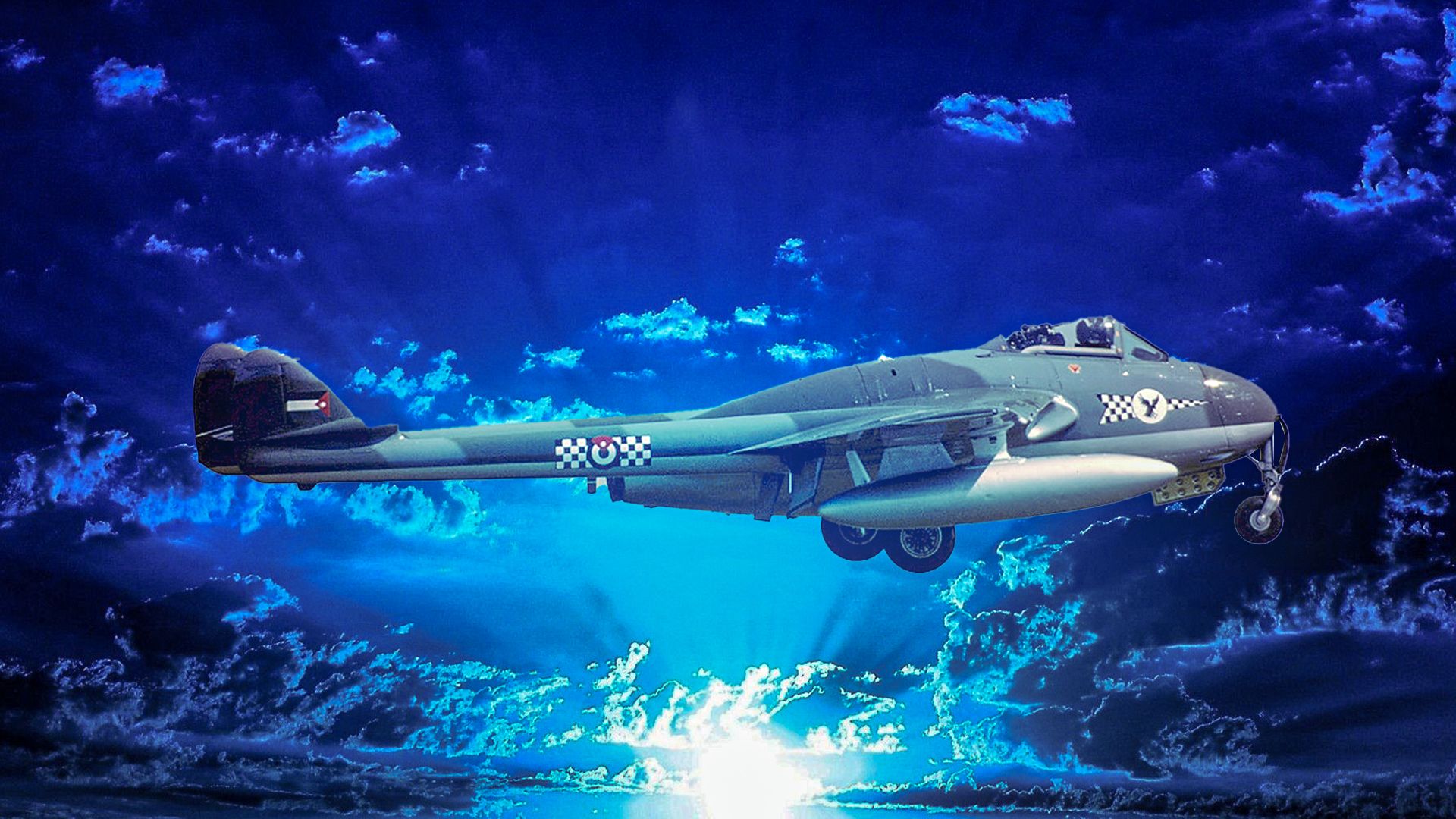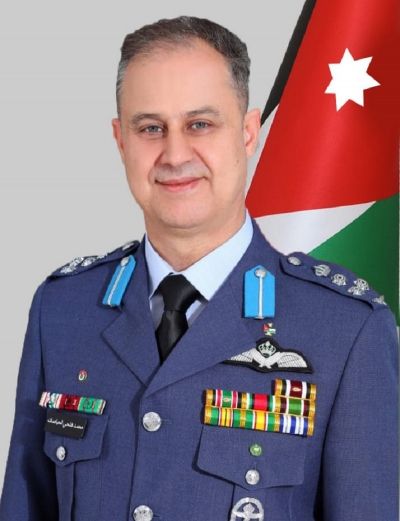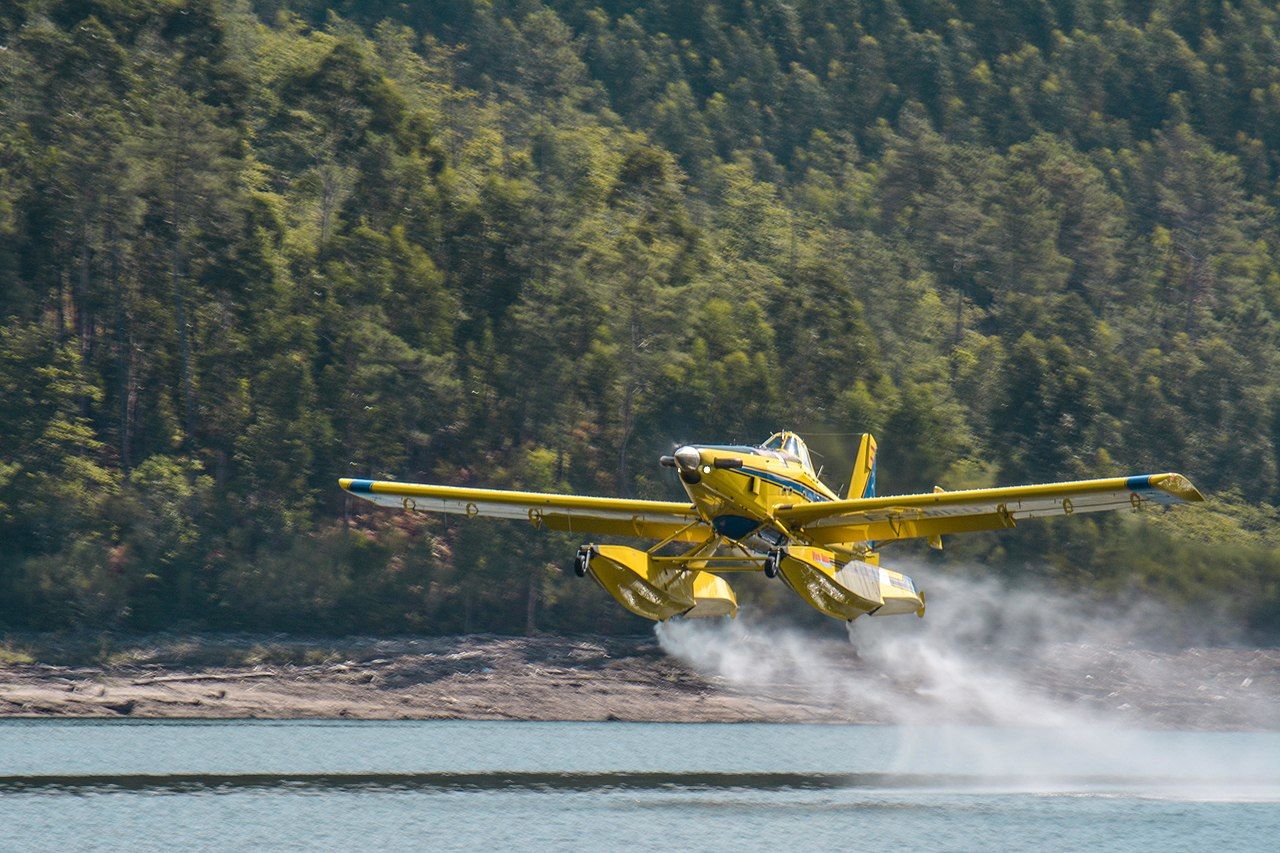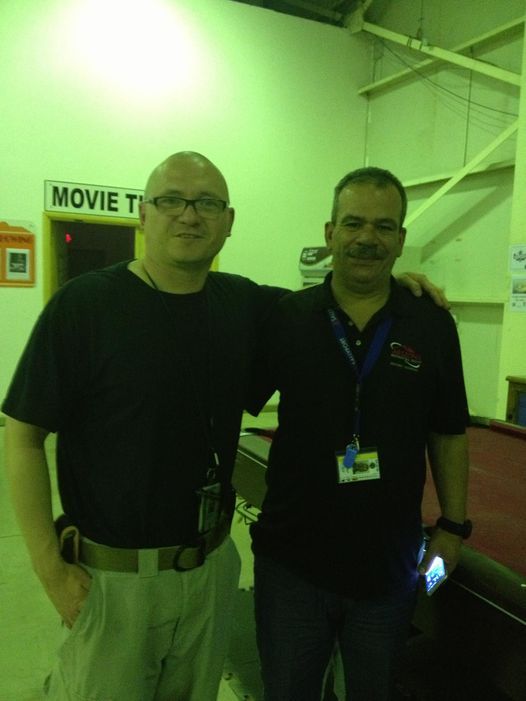Summary
- Jordan's air force shot down Iran's drones attacking Israel using US-made systems.
- Royal Jordanian Air Force facts include an inventory of 278 aircraft and core values from the US Air Force.
- RJAF operates F-16 Fighting Falcon, AirTractor AT-802, and Bell AH-1E/F Cobra in combat missions.
On April 16, 2024, Breaking Defense reported that Jordan's air force shot down several of Iran's drones and missiles during the latter's country attack on Israel. The article didn't specify what weapons systems were used but did state that "Reuters reported Jordian air force jets conducted some interceptions" and cited a Middle East security expert who "surmised US-made systems were likely used."
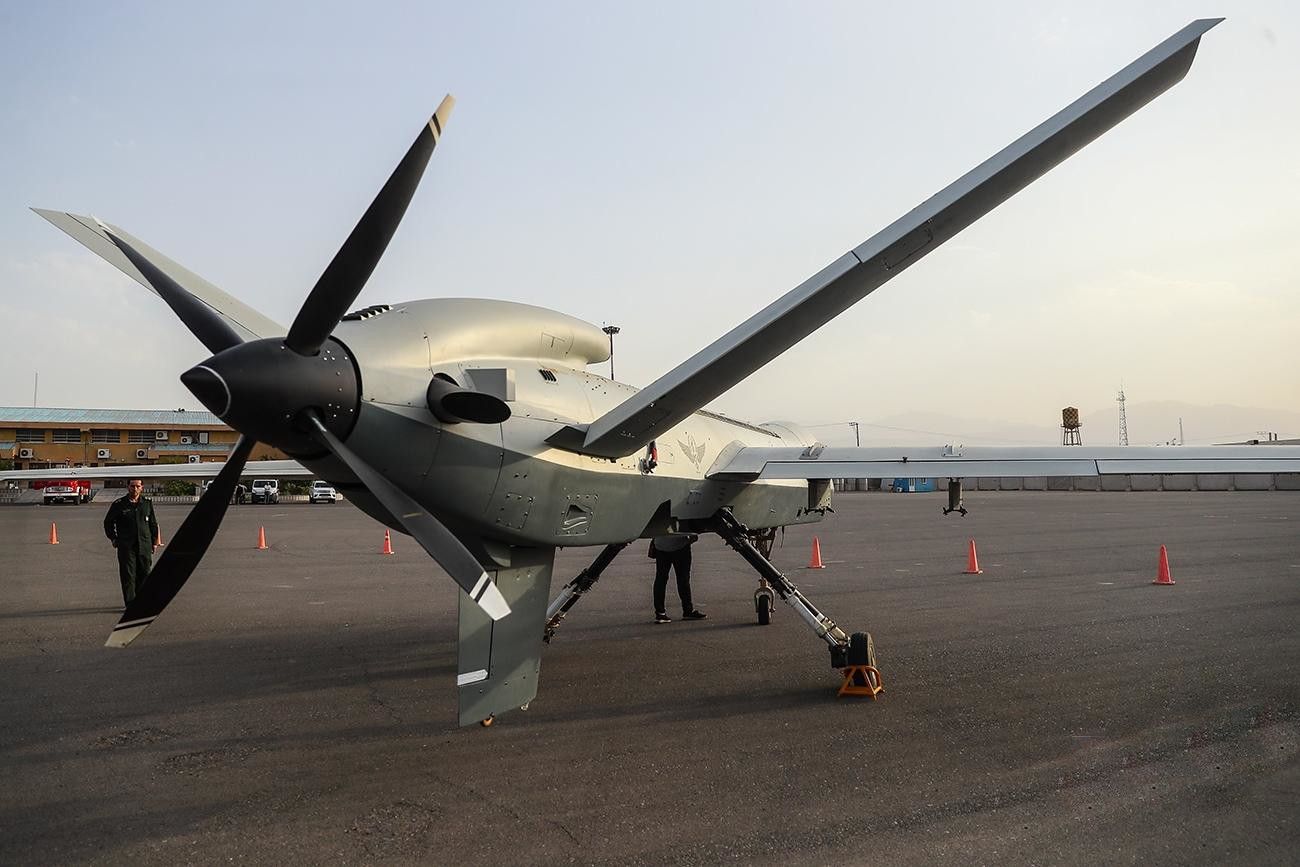
How Far Can A Shahed-149 Drone Fly? A Closer Look At Iran's Unmanned Aerial Vehicles
A quick look at growing Iranian drone capabilities.That said, this is as as good a time as an for Simple Flying to examine the combat capabilities of the Royal Jordanian Air Force (RJAF; سلاح الجو الملكي الأردني/Silāḥ ul-Jawu al-Malakī 'al-Urdunī).
Royal Jordanian Air Force basic facts
The RJAF was officially established on September 25, 1955. Its mission, as per the official RJAF website:
"Protect And Defend Sovereignty And The Integrity Of The Hashemite Kingdom Of Jordan."
And, perhaps reflective of the longstanding friendly ties between Jordan and the United States, the RJAF's Core Values match the U.S. Air Force Core Values word-for-word:
"Integrity First, Service Before Self, Excellence In All We Do"
Current manpower stands at approximately 14,000 active personnel under the command of Brigadier General (عميد/Amid) Mohammad Fathi Hiyasat, who was commissioned as a 2nd Lieutenant (ملازم/Mulazim) in 1991 and assumed his current position on July 1, 2021.
According to the World Database of Modern Military Aircraft (WDMMA), the RJAF currently has an inventory of 278 aircraft, thus ranking Jordan 40th out of 103 total air services from 103 nations the website tracks. Of these, 44 fixed-wing warbirds are categorized as fighters, an additional four are designated close-air support (CAS), and for good measure, there are 47 attack helicopters.
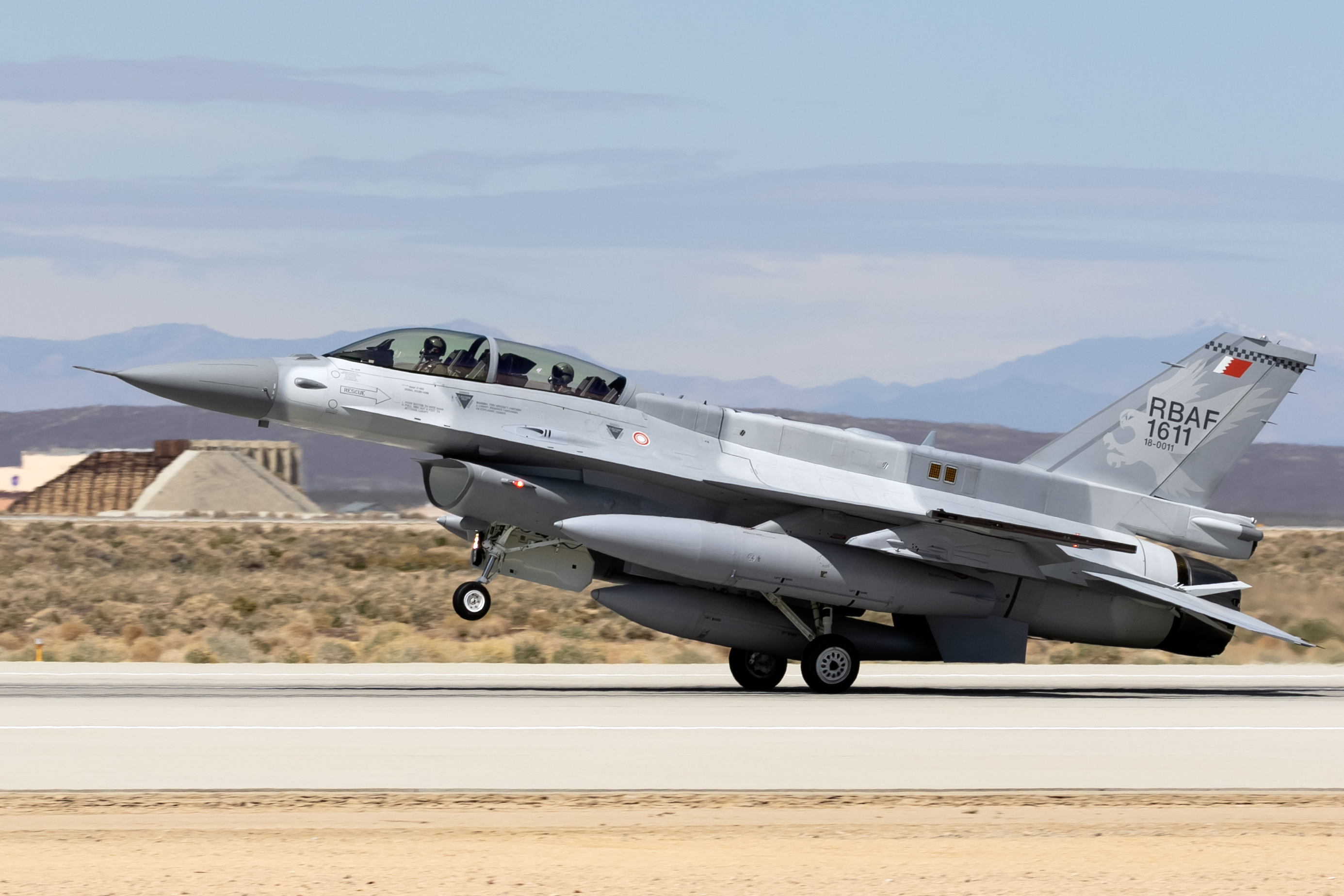
5 Features That Make The Lockheed Martin F-16 Block 70 The Ultimate Viper
The Block 70 model is expected to serve global air forces for at least another four decades.Fighter: The F-16 Fighting Falcon
Or, as her American crew members prefer to call her, "the Viper" (in the same vein as the B-1B Lancer/"Bone" and A-10 Thunderbolt II/"Warthog"). It should come as little surprise that Jordan's lone fixed-wing jet fighter of choice should turn out to be the Lockheed Martin (originally General Dynamics) F-16, given the sheer ubiquity of the platform; out of the 25 (at last count) foreign customers of this battle-proven warbird, nine of them are Middle Eastern nations (besides Jordan, that list consists of Bahrain, Egypt, Iraq, Israel, Morocco, Oman, Turkey, and the United Arab Emirates [UAE]).
Jordan first acquired the F-16 A/B ADF (Air Defense Fighter) variant of the Viper in 1997 -- made possible by the Hashemite Kingdom's peace treaty with Israel -- via the Peace Falcon I program; these were eventually upgraded to the F-16AM/BM Mid-Life Update (MLU) standard.
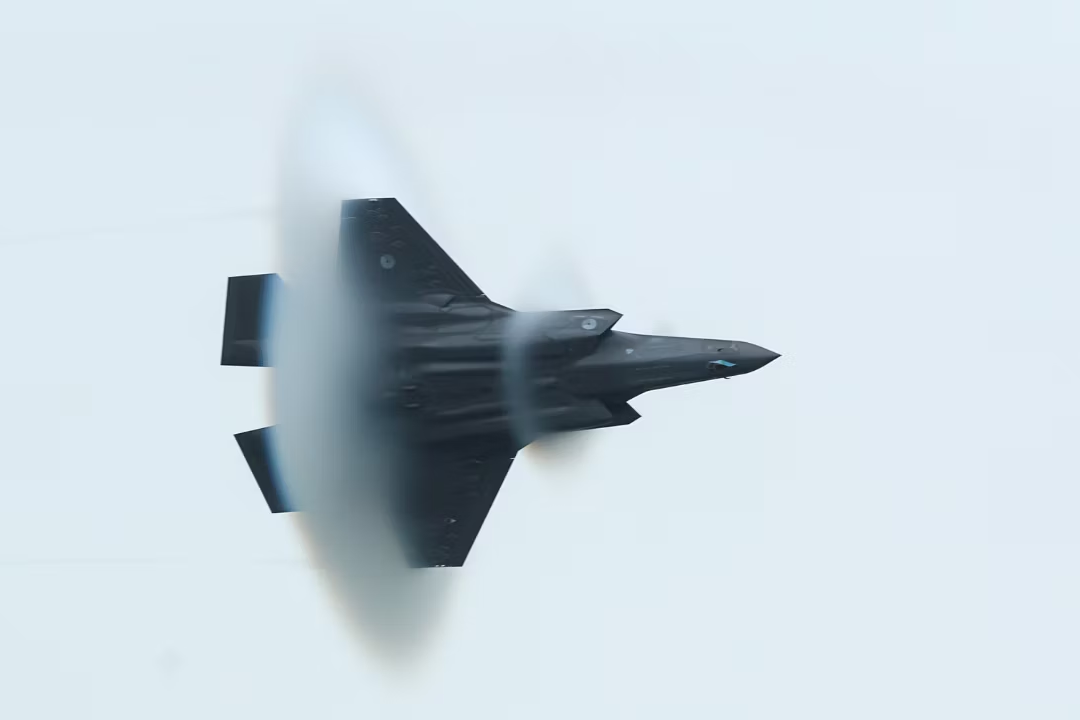
Why the Romanian Air Force is Switching From Russian MiG-21s to US F-16s and F-35s
Romania is modernizing her jet fighter fleet. Simple Flying was able to gain additional insights from Romanian defense experts on this transition.Between 2005 and 2011, the RJAF expanded her Fighting Falcon fleet by purchasing F-16AM/BM variants from the Belgian Air Component and Royal Netherlands Air Force (RNLAF) via Peace Falcon III, IV, and V.
RJAF F-16s participated in the aerial bombing campaign against the Islamic State/ISIS/ISIL/Da'esh terrorist group in Syria; tragically, one of these Jordanian Falcon drivers made headlines for absolutely heart-wrenching reasons. On December 24, 2014, a Jordanian F-16 piloted by First Lieutenant (ملازم أول/Mulazim Awaal) Mu'ath Safi Yousef al-Kasasbeh crashed after being shot down by the ISIS terrorists, who captured him. On February 3 of the following year, the world community was shocked and horrified when a a video posted on ISIS-linked Jihadi websites, showed Lt. al-Kasasbeh being burned alive.
CAS: AirTractor AT-802
The moniker may sound more appropriate for crop dusting than combat, And indeed this plane -- in continuous production since 1990 -- was indeed initially designed by Air Tractor Inc. (based in Olney, Texas) for agricultural purposes. But make no mistake, the RJAF definitely uses this single-engine prop-driven as a weapon-toting warbird. Jordan obtained these weaponized Air Tractors from the UAE Air Force & Air Defence (UAEAF&AD) in November 2013.
As WDMMA puts it:
"The AirTractor agricultural industry aircraft has found a niche in the Close-Air Support role for several world powers. Its versatility in munitions-carrying and excellent handling in low-and-slow flying have made it an economical solution for those air services requiring a direct-attack solution at cost. The AT-802 can be equipped with missiles, precision-guided drop-ordnance, rockets, and cannons."
To eloborate further upon that arsenal, the armed version of the AT-802 has a carrying capacity of 9,000 lb. (4,100 kg) of ordnance. Though I haven't been able to ascertain what specific ordnance the RJAF version wields, I do know that the U.S. Special Operations Command (USSOCOM) "Sky Warden" version packs the following weaponry:
- APKWS rocket
- GBU-12 laser-guided bomb
- Hellfire missile
- Griffin missile
As with the F-16, the RJAF has reportedly used the AT-802 for combat operations in Syria.
Attack Helicopter: Bell AH-1E/F Cobra
Though the U.S. Marine Corps retired this wizened warrior whirlybird in 2020 -- preceded by the U.S. Army in 2001 -- after faithful combat service in Vietnam, Grenada (Operation Urgent Fury), Panama (Operation Just Cause), and the 1991 Persian Gulf War (Operation Desert Storm), the Jordanians aren't ready to give up on a good thing just yet, the aerial serpent's 1965 vintage notwithstanding.
The Jordanians received their initial batch of Cobras from the U.S. in the late 1980s, with a second shipment arriving in 2001. In 2014, as another windfall from that aforementioned Israeli-Jordanian peace treaty, the Israeli Air Force (AF) transferred 16 Cobras to the RJAF.
A personal RJAF story
As previously mentioned, Iraq and Jordan are among the Middle Eastern nations using the F-16.
From 2015-2018, I had the personal honor and pleasure of working as a private military contractor on support of the Iraqi Air Force's (IqAF) then-fledgling F-16 program, which ushered in the Renaissance of the post-Saddam IqAF as they took their fight to the ISIS terror group. In the process, I befriended colleagues from many nations, among them a contingent of RJAF officers who (presumably) were there to draw upon their own experiences with the F-16 and serve as advisors to the IqAF Viper drivers.
To be honest, I interacted with these Jordanian Air Force officers on a strictly social, after-duty hours basis, and we never actually "talked shop" (so to speak). But they were certainly a warm, cordial, and professional bunch (not to mention a lot of fun to play volleyball with), and I'm proud to maintain a Facebook friendship with one of them, then-Lt. Colonel (مقدم/Muqaddam) Yahya Khalazeh.

